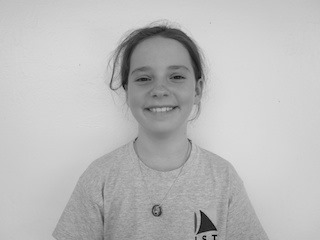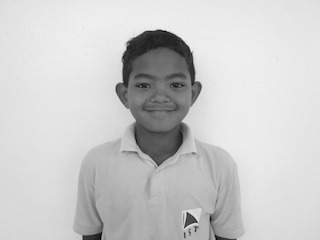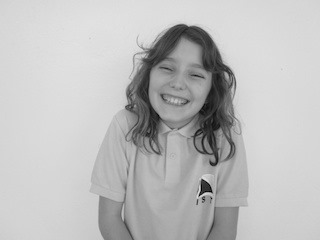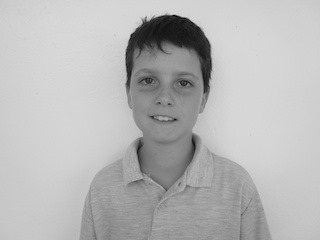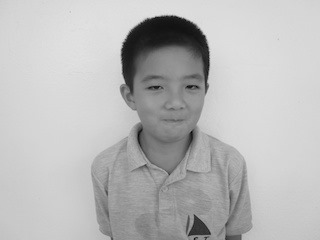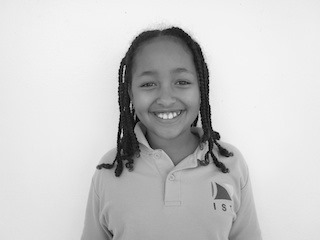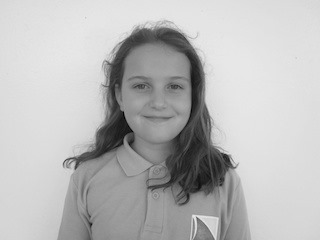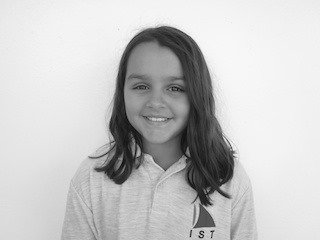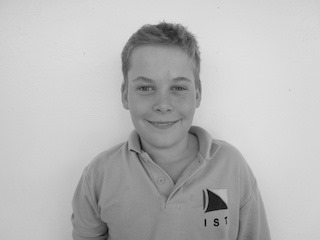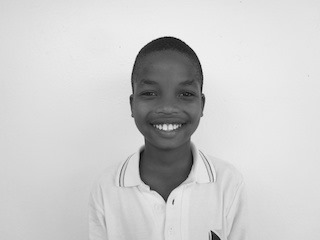All week I’ve been telling my students “I’ve got something special for you…”
Last week, I gave them a choice. They could have an object or an idea. Not surprisingly, the object won out, and we went through a process of learning how to select a special rock, then spending some time with our rocks, seeing what we were inspired to do. We had poems, illustrations, questionnaires, descriptive writing and more.
This week, it was time to give them the idea.
We started with this video:
And followed it quickly with this one:
Then I put up this chart paper:
![]()
Students, in small groups, were given 20 minutes to answer the question and prepare to report back. They got right to it:
After, during our report back students shared their summaries, as well as some of the resources they’d found. Among the videos shared was this one:
After their quick inquiry, students returned to share findings, clarify understandings and pose questions. The first question was a hopeful “Are we going to do this?”
The answer, was “Yes.”
Our chart had transformed.
![]()
Before we can throw ourselves into our projects students will need time to thoughtfully consider which of their passions they might like to explore. What sorts of questions and inquiry might support them to deepen their skills and understanding? This would be a good week for students to speak with their families about what ideas they have in mind.
Here’s what students can expect:
- 1.5 hours to work on their project per week at school.
- It can be worked on as much as they like at home as well
- Any passion might qualify. It can be a topic to learn about, a skill to acquire, a problem to solve, a product to produce and likely many others…
- Most passions should be expressed as questions
- Each passion proposal will need to be teacher-approved
- Each student will develop and follow a learning plan
- Each student will be expected to share in a reasonable time frame, preferably in a way that can be shared globally through our blog
- The assessment will mostly focus on skills, attitudes and self-regulation in inquiry
For some examples of digital products from last year’s Genius Hour explorations, have a look at the Genius Hour page on this site.
It’s going to be great!










